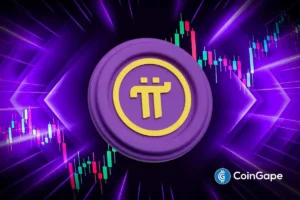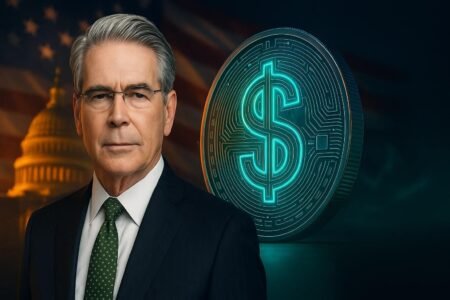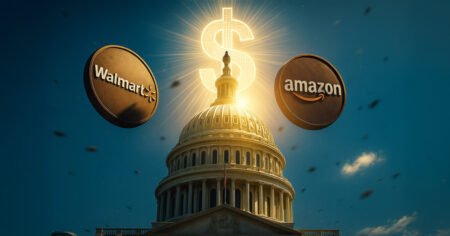World Liberty Financial Airdrop: Implications and Insights
The recent decision by the Trump family’s World Liberty Financial (WLFI) to approve a community proposal for an airdrop of its USD1 stablecoin has sparked significant attention. This initiative was confirmed in a statement released on May 15, following a governance vote that ran from May 6 to May 13, where an overwhelming 99.96% of participants supported the proposal. Approximately 7 billion tokens were committed to the plan, indicating robust community engagement. As WLFI’s team gears up for the airdrop, they intend to disclose final details soon. However, it’s crucial to note that while the voting clears a significant hurdle, the project retains the authority to either proceed with or cancel the airdrop, contingent upon operational readiness.
Concentration of Governance Power
Delving deeper into the governance dynamics surrounding WLFI reveals a concentration of voting power amongst a small subset of “whales.” Governance data indicates that just five addresses accounted for over 40% of the total votes. In a noteworthy display of influence, one address controlled 1 billion WLFI tokens, translating to 14.75% of the total voting weight. Another address held 666.7 million tokens, contributing 9.8%, while two others possessed 500 million each, equating to 7.37% of the votes. This substantial concentration raises critical questions regarding decentralization and the decision-making processes inherent to decentralized autonomous organizations (DAOs). Such a scenario could potentially undermine the foundational principles that drive these projects, emphasizing the need for broader participation in governance decisions.
Scrutiny Amidst Political Ties
Simultaneously, the airdrop announcement arrives during a politically charged climate for WLFI and its USD1 stablecoin. There has been an increasing wave of scrutiny from US lawmakers regarding the project’s ties to Donald Trump and its investor profile—in particular, the concentration of token sales reserved for foreign investors. In a recent letter addressed to Treasury Secretary Scott Bessent and signed by multiple Democratic lawmakers, concerns were articulated regarding WLFI’s decision to reserve 90% of its token sale for investors outside the US. These lawmakers have raised alarms over a $75 million investment from Justin Sun, a controversial figure in the crypto realm who was previously under investigation by the SEC. The letter highlighted troubling implications surrounding potential quid pro quo arrangements involving the Trump administration and Sun.
Investors Under Investigation
The lawmakers’ worries extend to the implications these connections could have for the integrity of the US financial system. Allegations have surfaced suggesting that some investors might be linked to criminal activities or ongoing investigations. Such ties pose a potential risk to the broader financial landscape, as highlighted by the growing concerns over investor transparency and project legitimacy. Questions loom large regarding the governance structure and how decisions are being made, especially when a handful of addresses wield significant control over operational turns.
The Defense from WLFI Leadership
In the face of mounting criticisms, one of WLFI’s co-founders, Zach Witkoff, staunchly defended the project and its necessity. He articulated that both America and the global community require innovative solutions like USD1. Witkoff dismissed the allegations as politically motivated attempts to undermine WLFI and emphasized that the project aims to create a valuable banking alternative. His resolve underscores a broader narrative among cryptocurrency leaders that often find themselves navigating regulatory scrutiny while advocating for the transformative potential of digital currencies.
The Road Ahead for WLFI and USD1
As WLFI prepares for the airdrop and navigates these critical discussions, the future landscape of its governance and political ties remains uncertain. Stakeholders will likely be watching closely to see how WLFI addresses the concerns raised by lawmakers and the broader community. Additionally, how the governance structure evolves to encompass a more decentralized approach may prove pivotal in restoring trust among participants.
Conclusion
In summary, the approved airdrop by WLFI presents a significant step in the trajectory of its USD1 stablecoin, but it is accompanied by serious scrutiny. As the governance structure continues to draw attention, the concentration of voting power raises challenges for decentralization principles. Coupled with political implications and investor integrity concerns, WLFI finds itself at a crossroads. The coming months could be critical for WLFI and its stakeholders as they work to balance innovation with responsibility, ensuring a sustainable future in the ever-evolving cryptocurrency landscape.

















